“From where we stand the rain seems random. If we could stand somewhere else, we would see the order in it.” –Tony Hillerman
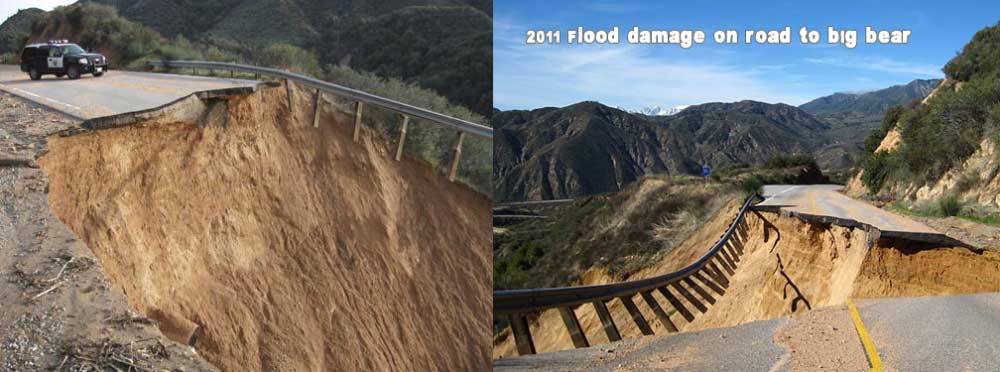
For people living in climates that are dry and arid, understanding the water cycle is necessary. California has such extremes in weather, ranging from wild fires and droughts to flooding. While it may seem that the heat never goes away, the wet season has the potential to cause damage through floods.
Water is a resource with a mind of its own; the more we understand it, the better prepared we can be. Enter a scientific formula that helps us predict water and flooding in a specific area: The Hydrologic Mass Balance.
The Hydrologic Mass Balance takes into account all aspects of the water cycle: Precipitation, Boundary Flow In and Out, Infiltration, Interception, Initial Abstraction, Evaporation, Transpiration, and Storage.
Here’s the formula: R=P+BI-BO-F-N-Ia-E-T-S
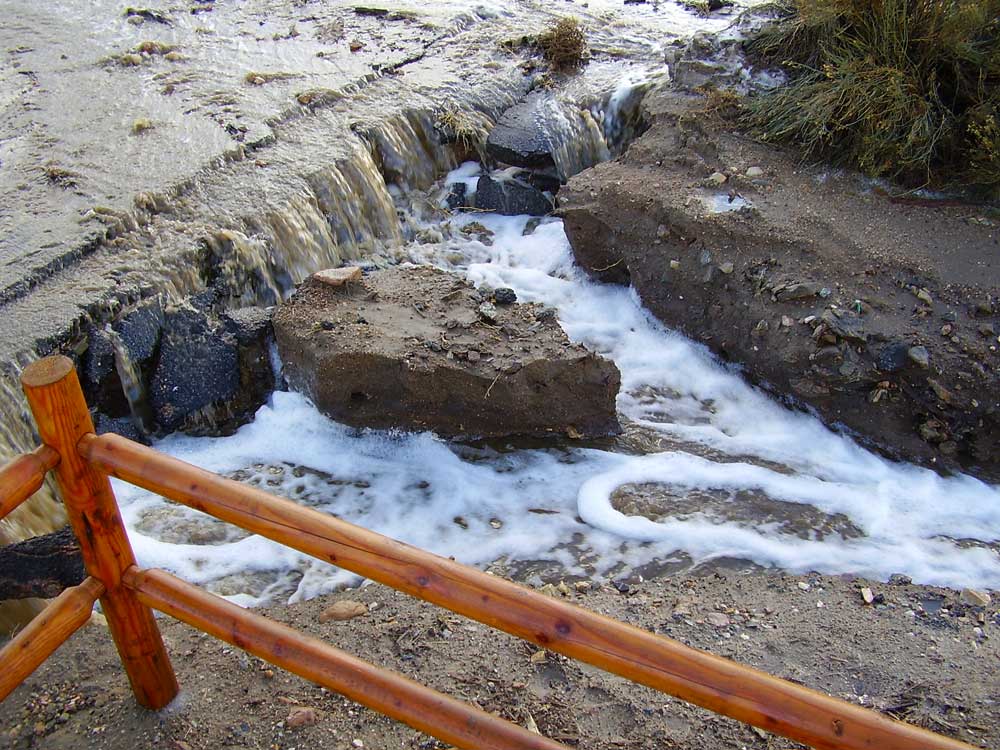
Primer on Flooding and Formula
Flooding is caused by an excessive amount of water in an area in a certain amount of time. Escaping places faster than it can be dealt with. When the water escapes, it can cause some real damage, washing away roads, vehicles, and houses. Meteorologists don’t just make up numbers when giving forecasts, there is a formula calculated to determine factors; R=P+BI-BO-F-N-Ia-E-T-S, represents all the parts of the water cycle.
In order of the formula; Precipitation (P), Boundary Flow In/Out (BI-BO), Infiltration (F), Interception (N), Initial Abstraction (Ia), Evaporation (E), Transpiration (T), and Storage (S). Precipitation adds to flooding along with the amount of water coming into the area (BI), yet all those other factors are helping to prevent flooding by taking water away. (Ward, 2004)
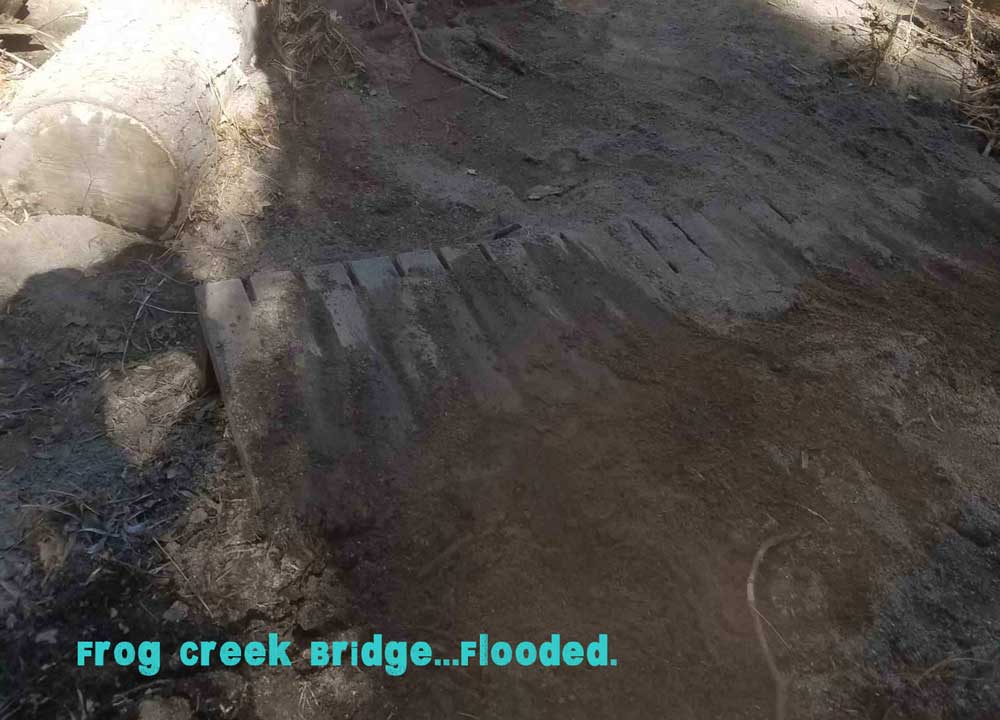
Precipitation
Precipitation is what we all run from on a cold day or relish on a hot summer day. It has four main forms: rain, snow, sleet, hail. Snow in California is an important part of everyday life, even if it’s the middle of the summer. Communities rely on snowfall for their livelihoods. Spring thaw means an increase in fresh water to use for recreational, industrial, and agricultural purposes and crops. For many plants, spring time is planting season. In February, when you must plan extra time for driving, just know that the snow is important for the food you’re going to eat that summer. During spring thaw all that snow will melt and replenish lakes, reservoirs, and aquifers. Tourism brings in a lot of people which means more revenue for many businesses such as ski hills. Rain in Southern California is rare and can cause flooding depending on intensity and duration. The soil type here is so sandy that it’s not going to absorb very much before the rain stays on the surface and creates hazards.
Boundary Flow in and Out
Boundary Flow In and Out is equal to all water flow through a water system, including lakes and rivers. To find the amount of water that goes through the system, speed, width, depth, and volume need to be found.
Infiltration
Infiltration can appear as disappearing water, but just because you can’t see it above the surface does not mean it isn’t there. Have you ever gone puddle jumping one day and wondered where it’s gone the next? The ground is not solid; water from the very moment it hits the ground starts to be absorbed. Then, moving through the soil, it becomes groundwater, similar to when spaghetti is rinsed through a colander; spaghetti representing soil. The speed at which water absorbs into land depends on a few different factors. Different types of soil have different particle sizes, root systems, dampness, weather patterns, and slope of the ground. All around the world no two ecosystems are exactly the same due to those factors, yet plants get water, purification occurs, and aquifers recharge.
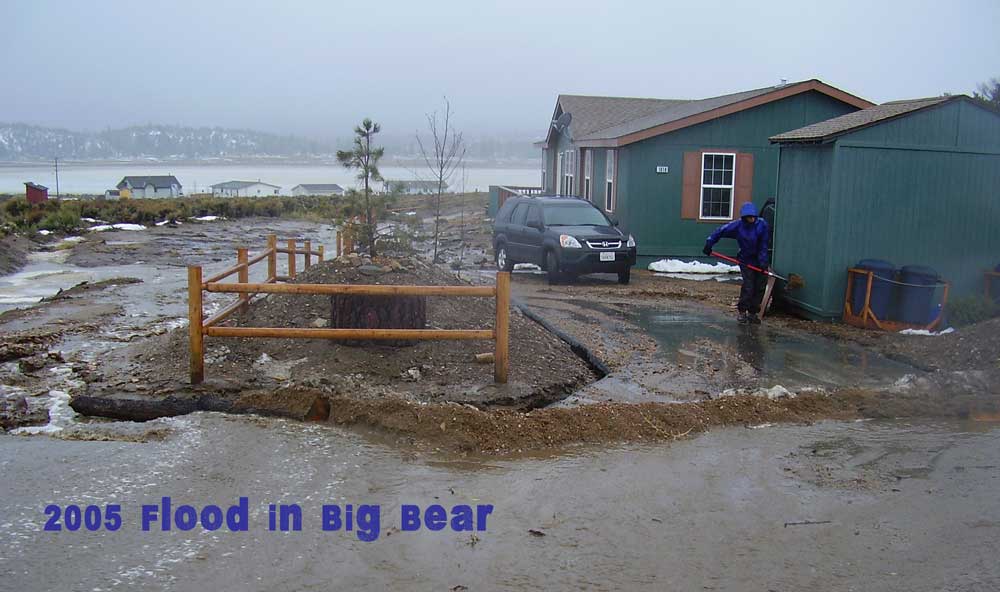
Interception
Interception, a small part of the water cycle, is when plants ‘intercept’ precipitation before it hits the ground. During summer months, you can go outside and watch interception occur on grass via dew. Water falls on to plants’ leaves and is held there until evaporation. Hollywood likes to exaggerate the amount of water plants can hold in survival movies where the characters will drink from the leaves.
Initial Abstraction
Initial Abstraction, a separate variable dedicated solely to man-made structures, comes from the amount of water that is absorbed by concrete and other building materials. Ever since the beginnings of urban sprawl, this value has only increased. If the material absorbing the water has a high porosity, meaning lots of holes like a sponge, then it’ll retain water for a longer period. Roads and sidewalks still being wet after a rainstorm is a natural occurrence of Initial Abstraction.
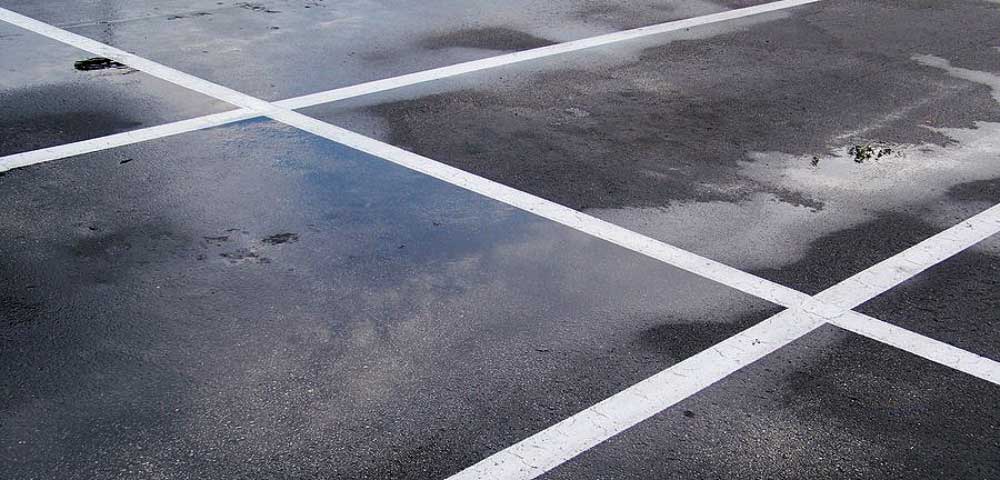
Evaporation
Evaporation occurs when water is moved from lakes, rivers, ponds, and other bodies of water up into the atmosphere. The speed at which this occurs depends on the amount of sunlight, temperature, wind, and size of the water body. Ever boil water? The steam that starts appearing as the water heats up is a result of evaporation. A byproduct of evaporation is humidity. On days when hair gets frizzy, you know the evaporation rates are high.
Transpiration
Transpiration is similar to humans sweating. Plants secrete their water as well, releasing water to its surface where it can evaporate.
Cool Fact: Transpiration and Evaporation are two factors that go hand in hand creating Evapotranspiration. Water, whether in a plant or large body, absorbs solar energy and vaporizes.
Storage
Storage of water is crucial for many areas that need to preserve water for later use. Locations that typically have storage areas have a lot of infrastructure, preventing water from exiting through its natural route. All the houses, roads, construction, in general, block the water from infiltrating into the ground causing it to run down and flood all the wonderful infrastructure humans have created to get around. Every time there is new construction, it takes away a route for the water to escape, so there needs to be a storage pond nearby.
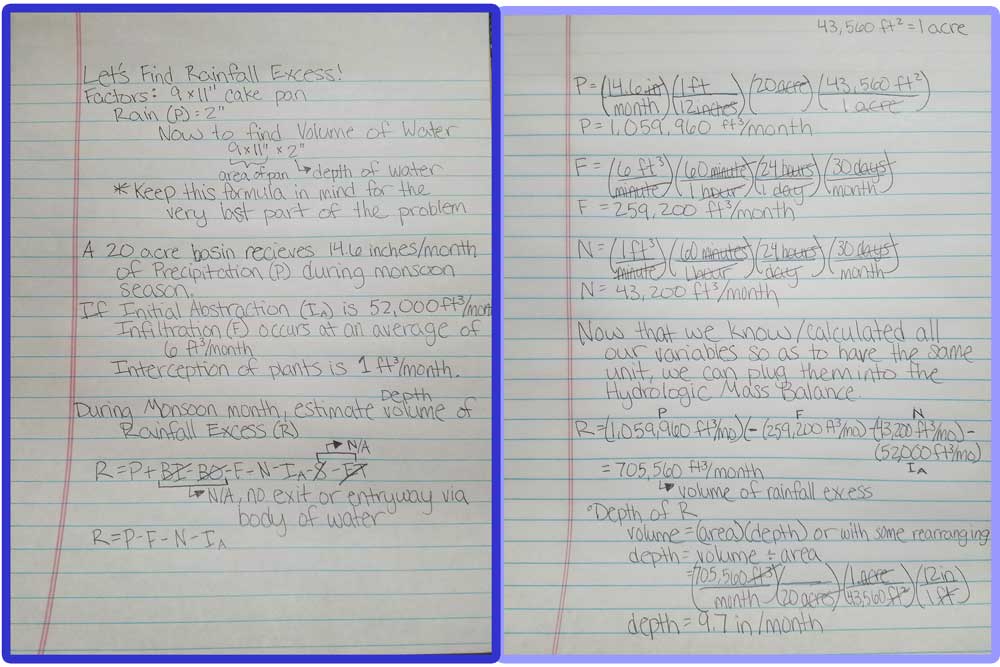
Many parts of the Hydrologic Mass Balance have simple experiments to calculate values. It could be as simple as setting out a pan and measuring the depth before and after a designated time to measure changes in precipitation and evaporation. There are many rain gauges you can create or buy to measure accurately the water falling right outside your house.
The above photo is calculating the Rainfall Excess (R) in a scenario, going step by step and breaking down the Hydrologic Mass Balance. While the numbers used may not be accurate for any one place, areas will end up following this model and potentially use similar numbers. The values in this equation are courtesy of Environmental Hydrology, edition 2. (Ward, 2004)
Knowledge is power. With this knowledge, citizens can prepare themselves better for disasters instead of being blindsided or getting upset when the meteorologist gets the weather prediction wrong. Water is the basis for life. Take a minute to understand how water fits into the ecosystem around you.
Reference: Ward, A. D., Trimble, S. W., & Wolman, M. G. (2004). Environmental hydrology (2nd ed.). Boca Raton (Fla.): Lewis.
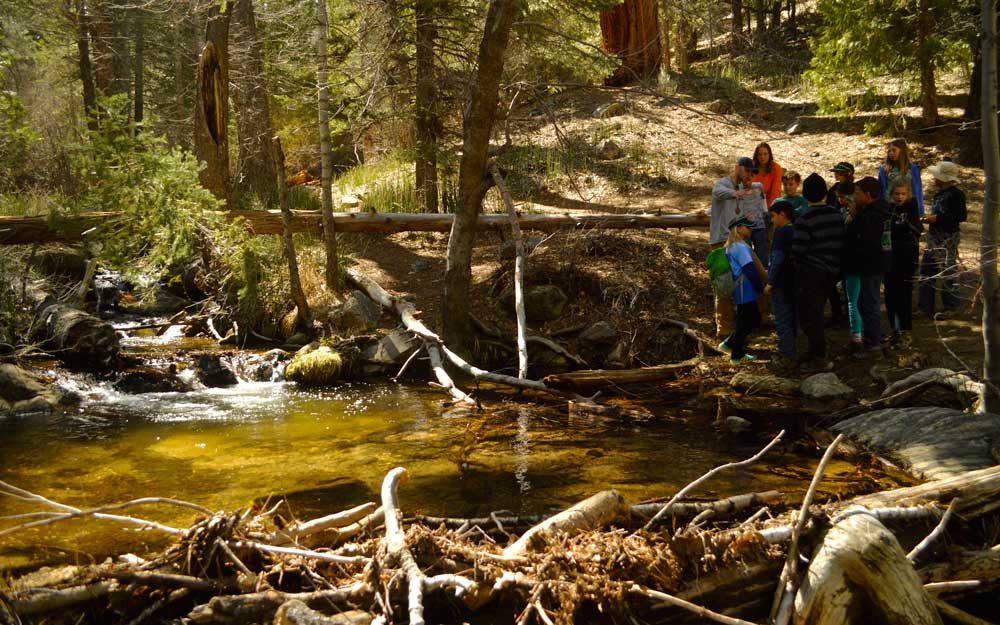
At High Trails Outdoor Science School, we literally force our instructors to write about elementary outdoor education, teaching outside, learning outside, our dirty classroom (the forest…gosh), environmental science, outdoor science, and all other tree hugging student and kid loving things that keep us engaged, passionate, driven, loving our job, digging our life, and spreading the word to anyone whose attention we can hold for long enough to actually make it through reading this entire sentence. Whew…. www.dirtyclassroom.com

Comments are closed.